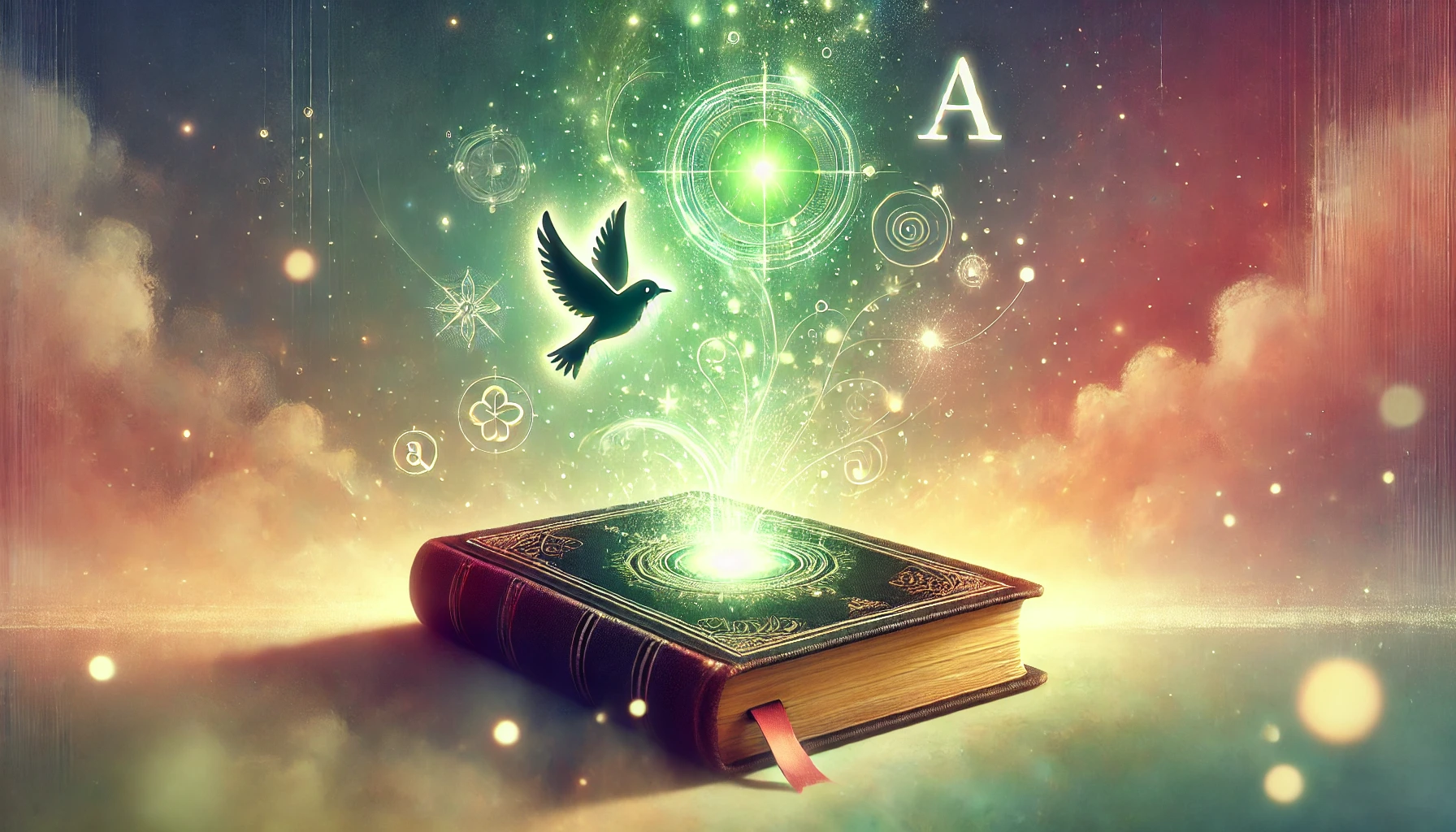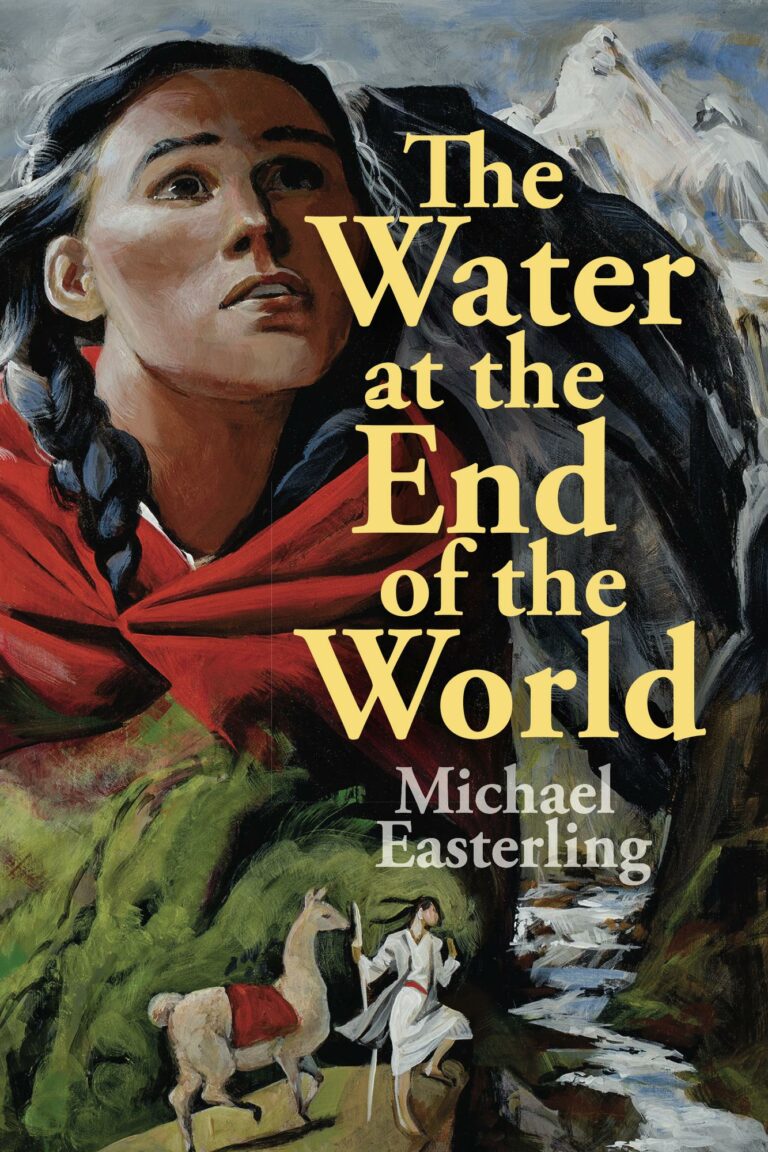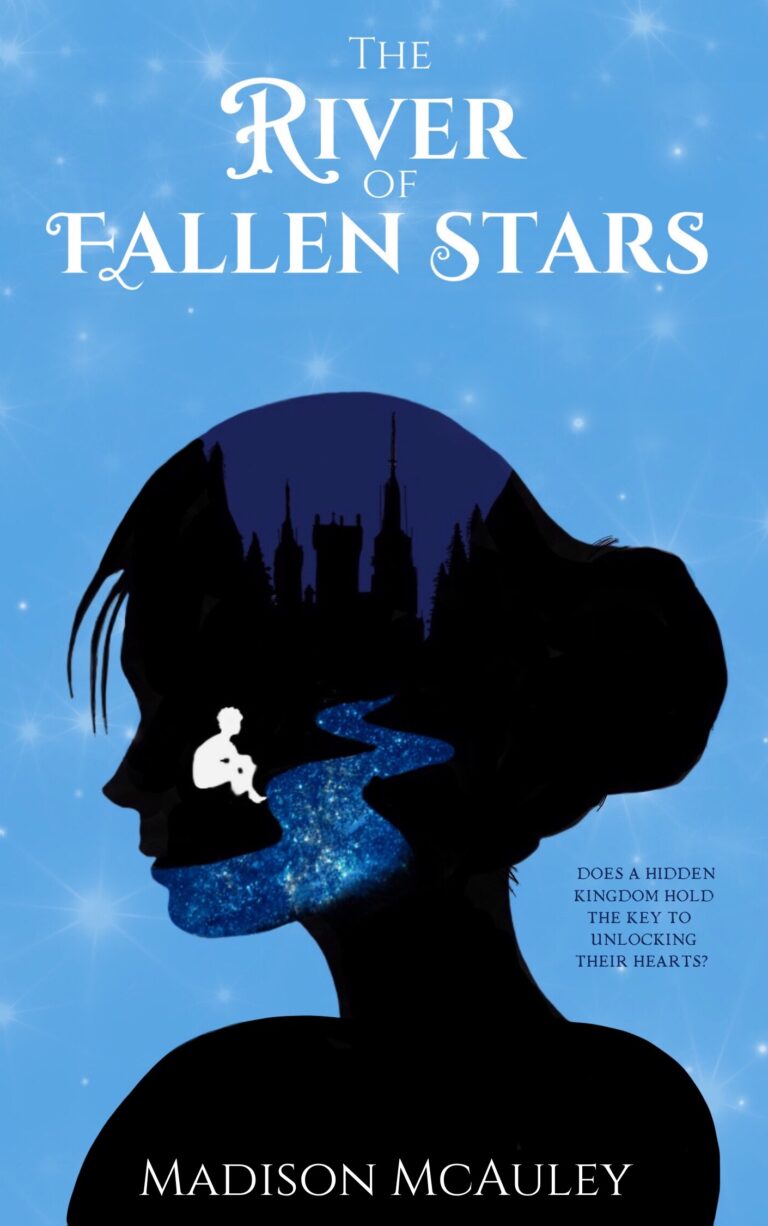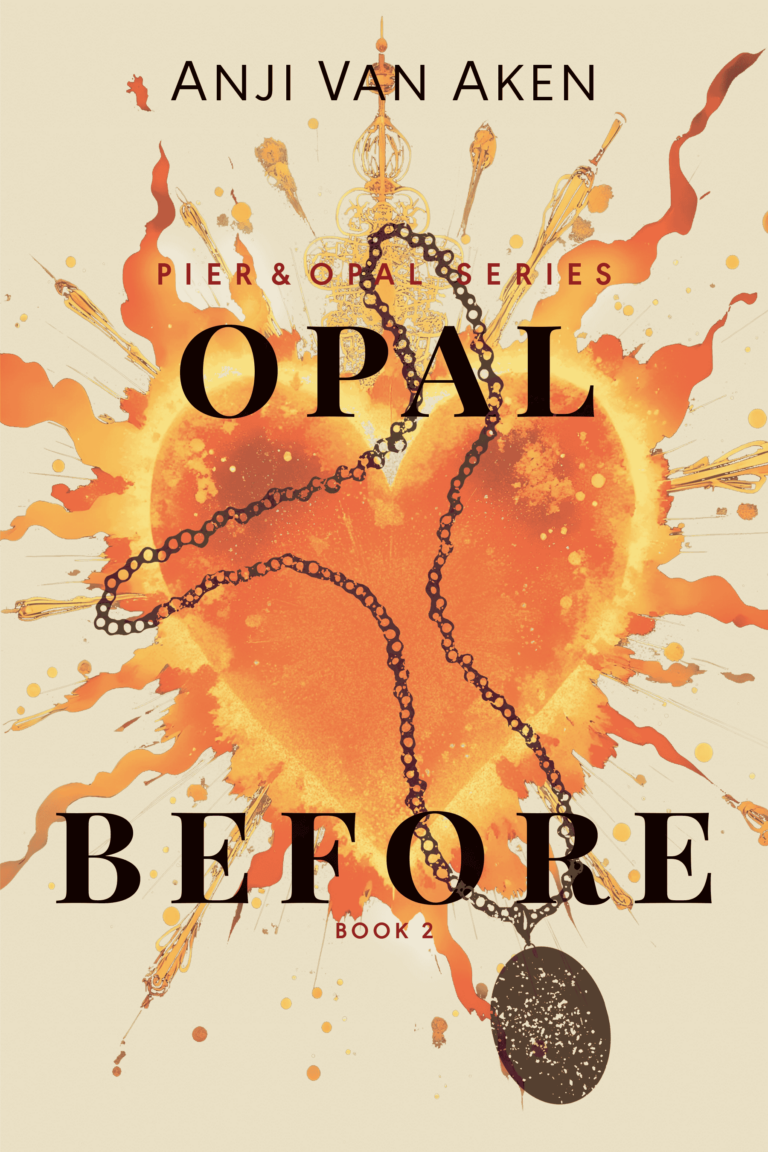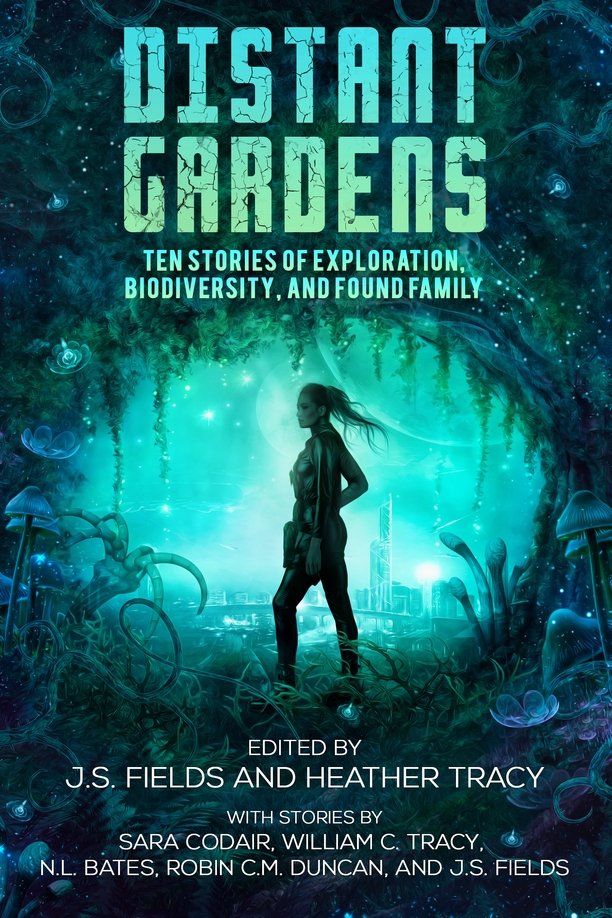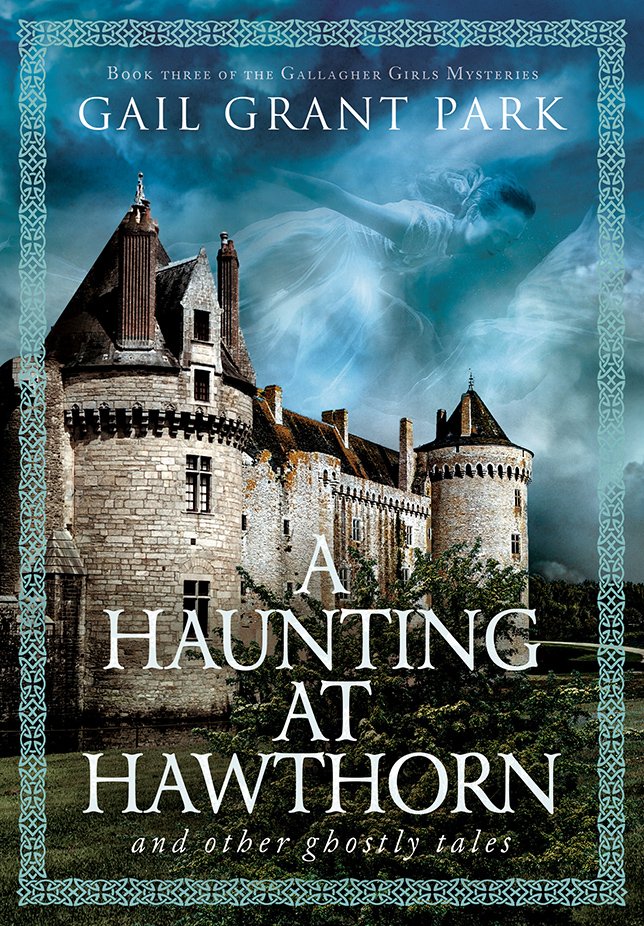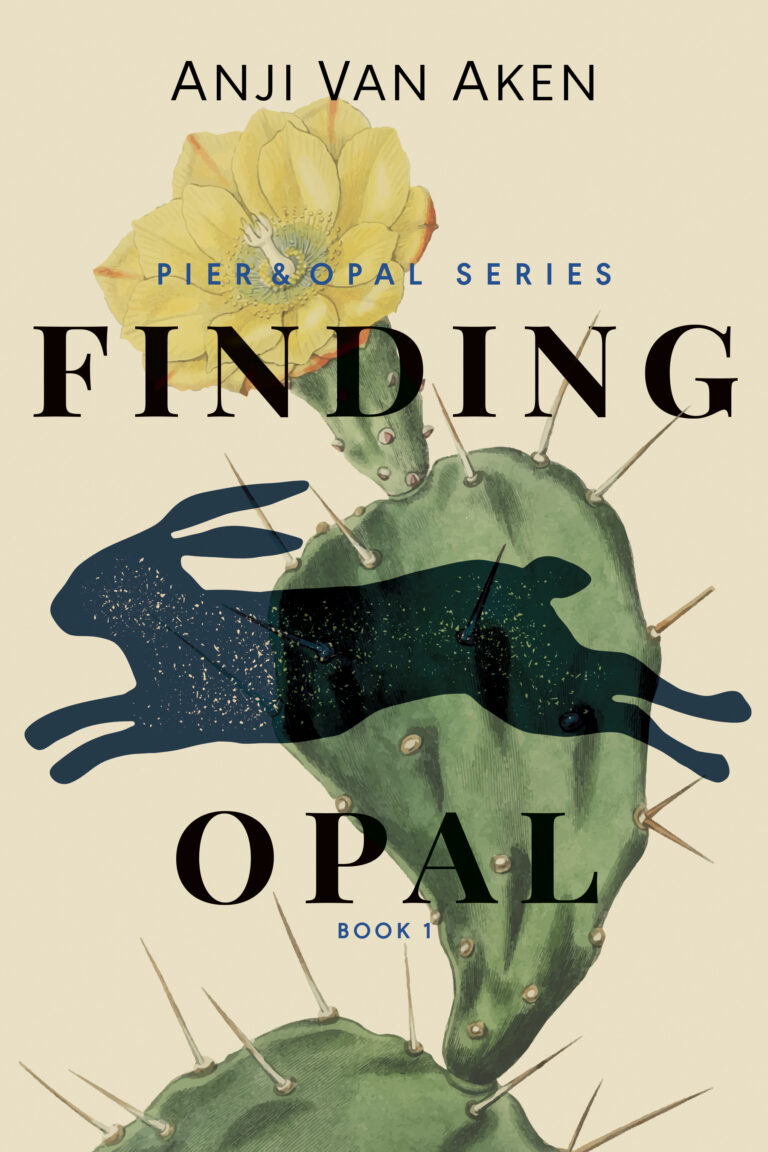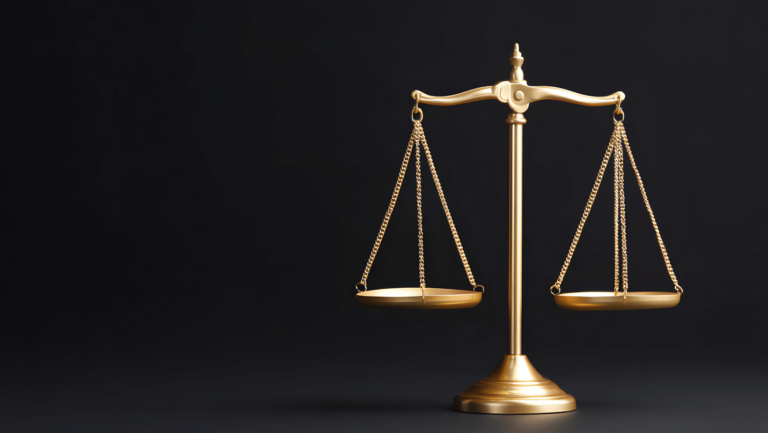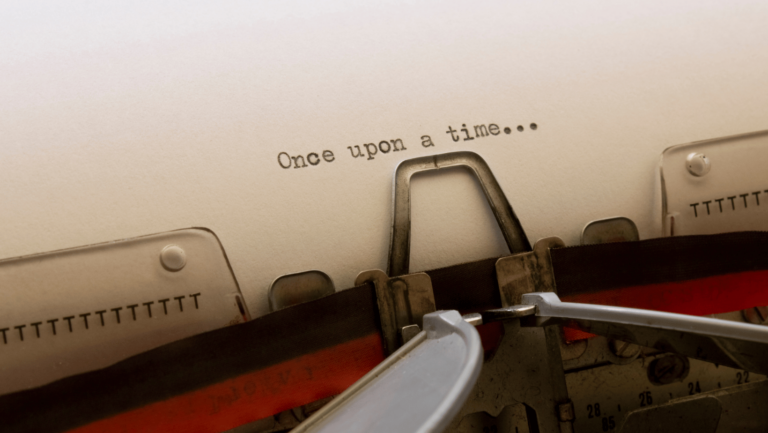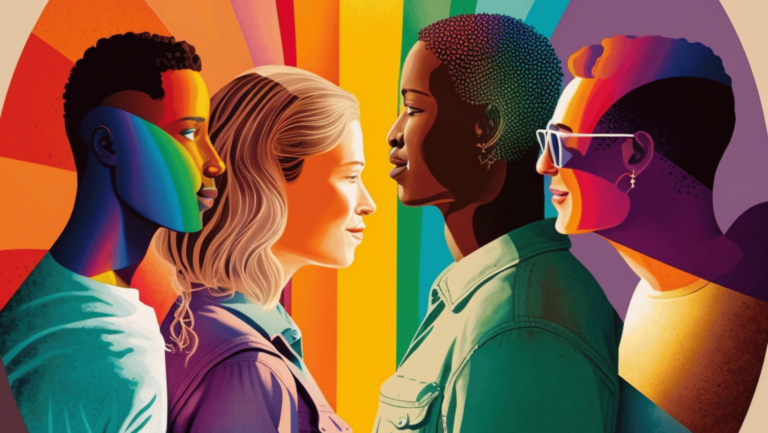Symbolism is one of literature’s most potent tools, allowing authors to express complex ideas beneath the surface of their narratives. A symbol – whether an object, color, or character – can carry immense weight, transforming simple stories into layered explorations of deeper themes. From the green light in The Great Gatsby to the mockingbird in To Kill a Mockingbird, symbols enhance emotional resonance and give stories staying power.
What makes symbolism so effective is its flexibility across genres and eras. Whether in Gothic classics or modern dystopian tales, symbols ground abstract ideas in tangible images, making them more accessible. This connection between the abstract and concrete allows readers to engage with broader philosophical or moral questions through familiar, everyday elements of the story.
A key strength of symbolism lies in its openness to interpretation. Readers bring their own experiences to the text, finding personal meaning in symbols like the whale in Moby-Dick, which can represent everything from obsession to the unknowable forces of nature. This subjectivity turns literature into an interactive art form, evolving with each reader’s unique perspective.
Beyond adding depth, symbols often serve as the emotional core of a narrative. In The Scarlet Letter, the letter “A” not only represents Hester’s shame but grows to symbolize her resilience and evolving identity. Such symbols elevate ordinary moments into significant, memorable scenes.
Tip: For authors, consider using subtle symbols to add emotional layers to your narrative; for readers, look for recurring motifs – they often reveal hidden meanings that deepen your understanding of the text.
In short, symbolism enriches literature by inviting readers to discover personal, multi-dimensional meanings within the story, making each work a more profound exploration of the human experience.
What symbols have you encountered in literature, and how did you interpret them? Follow us on Facebook and Instagram for more insights, and join the conversation by sharing your experiences!

